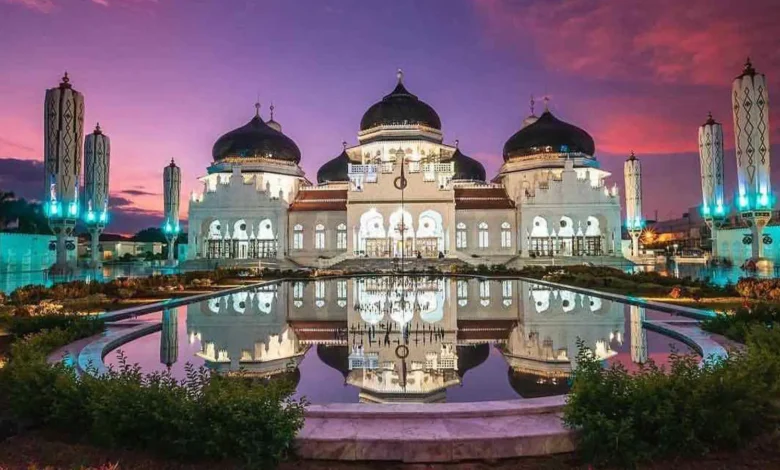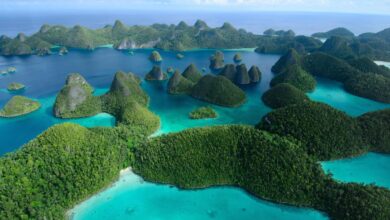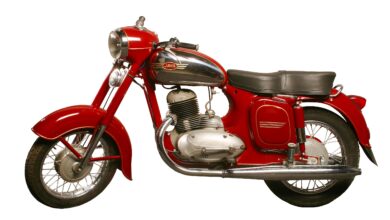Unveiling the Secrets of Aceh: A Captivating Journey

Introduction to Aceh
Aceh, located at the northern tip of Sumatra, Indonesia, is a province with a rich history, diverse culture, and breathtaking natural beauty. The region has been a significant player in the country’s economy, politics, and social landscape for centuries. Aceh is known for its stunning landscapes, including pristine beaches, dense rainforests, and majestic mountains. The province is home to a diverse range of flora and fauna, making it a popular destination for nature lovers and adventure seekers.
The history of Aceh dates back to the 1st century AD, with the region being an important center for trade and commerce. The Aceh Sultanate, which was established in the 15th century, played a significant role in the region’s history, with the sultanate being a major power in the Malay world. The province has a strong Islamic heritage, with the majority of the population practicing Islam. The unique blend of Islamic and traditional Acehnese culture has resulted in a distinct and vibrant cultural identity.
Geography and Climate
Aceh is situated on the northern tip of Sumatra, bordering the Indian Ocean to the north and the Malacca Strait to the east. The province covers an area of approximately 57,956 square kilometers, with a diverse range of landscapes, including coastal plains, mountains, and forests. The highest peak in Aceh is Gunung Leuser, which is part of the Leuser Ecosystem, one of the most biodiverse ecosystems in the world.
The climate in Aceh is tropical, with high temperatures and high levels of humidity throughout the year. The region experiences a monsoon season, with heavy rainfall and strong winds, from October to April. The best time to visit Aceh is during the dry season, from May to September, when the weather is dry and sunny.
The geography and climate of Aceh have resulted in a wide range of flora and fauna, with many species found nowhere else in the world. The province is home to several national parks, including the Gunung Leuser National Park, which is a UNESCO World Heritage Site. The park is home to a diverse range of wildlife, including orangutans, elephants, and tigers.
Culture and Heritage
Aceh has a rich and diverse cultural heritage, with a unique blend of Islamic and traditional Acehnese culture. The province is known for its vibrant festivals and celebrations, including the Aceh International Festival, which showcases the region’s music, dance, and art. The festival features traditional Acehnese performances, including the Ranup Lampuan dance, which is a traditional Acehnese dance that tells the story of the region’s history and mythology.
The traditional Acehnese house, known as the Rumoh Aceh, is a unique and iconic symbol of the region’s culture. The house is designed to withstand earthquakes and floods, with a raised platform and a sloping roof. The Rumoh Aceh is a popular tourist attraction, with many visitors coming to see the traditional houses and learn about the region’s culture and history.
Aceh is also known for its traditional cuisine, which features a range of delicious dishes, including mie aceh (Aceh noodles), roti canai (Indian-influenced flatbread), and martabak (stuffed pancake). The province is famous for its coffee, with the Kopi Aceh being a popular brand throughout Indonesia.
Economy and Industry
The economy of Aceh is driven by a range of industries, including agriculture, mining, and manufacturing. The province is a major producer of crops, including rice, corn, and soybeans, with the majority of the population engaged in agricultural activities. Aceh is also rich in natural resources, including oil, gas, and minerals, with the province being a significant contributor to Indonesia’s energy sector.
The manufacturing sector in Aceh is growing, with a range of industries, including textiles, food processing, and construction materials. The province has a number of industrial estates, including the Aceh Industrial Estate, which provides facilities and infrastructure for businesses to operate.
Tourism is also a significant contributor to the economy of Aceh, with the province attracting a growing number of visitors each year. The region’s natural beauty, rich culture, and historic landmarks make it an attractive destination for tourists, with many opportunities for adventure, relaxation, and cultural exploration.
Tourist Attractions
Aceh is home to a wide range of tourist attractions, including:
- Banda Aceh: The capital city of Aceh, known for its historic landmarks, including the Baiturrahman Grand Mosque and the Aceh Museum.
- Gunung Leuser National Park: A UNESCO World Heritage Site, home to a diverse range of wildlife, including orangutans, elephants, and tigers.
- Pulau Weh: A beautiful island located off the coast of Aceh, known for its stunning beaches, coral reefs, and marine life.
- Lhoknga Beach: A popular beach destination, known for its white sand and crystal-clear waters.
- Tsunami Museum: A museum dedicated to the 2004 tsunami, which devastated the region and resulted in the loss of thousands of lives.
These are just a few of the many tourist attractions in Aceh, with the province offering a wide range of experiences and activities for visitors to enjoy.
Infrastructure and Transportation
Aceh has a well-developed infrastructure, with a range of transportation options available, including:
- Sultan Iskandar Muda International Airport: The main airport in Aceh, providing connections to major cities in Indonesia and internationally.
- Port of Banda Aceh: A major port facility, providing shipping services and connections to other ports in Indonesia and internationally.
- Banda Aceh Bus Terminal: A major bus terminal, providing connections to other cities in Aceh and throughout Indonesia.
- Takengon Airport: A smaller airport, providing connections to other cities in Aceh and throughout Indonesia.
The province has a well-developed road network, with a range of highways and roads connecting the major cities and towns. The transportation infrastructure in Aceh is continuously being improved, with new projects and developments underway to enhance the region’s connectivity and accessibility.
Education and Healthcare
Aceh has a well-developed education system, with a range of schools, universities, and institutions providing education and training opportunities. The province is home to several major universities, including the University of Syiah Kuala and the Aceh State Islamic University.
The healthcare system in Aceh is also well-developed, with a range of hospitals, clinics, and healthcare facilities providing medical services and treatment. The province has a number of major hospitals, including the Dr. Zainoel Abidin Hospital and the Aceh Provincial Hospital.
The education and healthcare systems in Aceh are continuously being improved, with new projects and developments underway to enhance the region’s human resources and quality of life.
Challenges and Opportunities
Aceh faces a number of challenges, including poverty, inequality, and limited access to education and healthcare. The province is also vulnerable to natural disasters, including earthquakes, tsunamis, and floods.
Despite these challenges, Aceh has a number of opportunities for growth and development, including its rich natural resources, strategic location, and unique cultural heritage. The province has the potential to become a major player in the regional economy, with its tourism, agriculture, and manufacturing sectors driving growth and development.
The government and private sector are working together to address the challenges facing Aceh, with a range of initiatives and projects underway to enhance the region’s infrastructure, education, and healthcare systems. The province has a bright future, with its unique culture, stunning natural beauty, and rich resources making it an attractive destination for tourists, investors, and businesses.
Conclusion
Aceh is a province with a rich history, diverse culture, and breathtaking natural beauty. The region has a unique blend of Islamic and traditional Acehnese culture, with a strong sense of community and identity. The province is home to a wide range of flora and fauna, with many species found nowhere else in the world.
The economy of Aceh is driven by a range of industries, including agriculture, mining, and manufacturing. The province has a well-developed infrastructure, with a range of transportation options available, including airports, ports, and bus terminals. The education and healthcare systems in Aceh are also well-developed, with a range of schools, universities, and healthcare facilities providing education and medical services.
Aceh faces a number of challenges, including poverty, inequality, and limited access to education and healthcare. However, the province has a number of opportunities for growth and development, including its rich natural resources, strategic location, and unique cultural heritage. With its stunning natural beauty, rich culture, and friendly people, Aceh is a must-visit destination for anyone interested in exploring the best of Indonesia.









